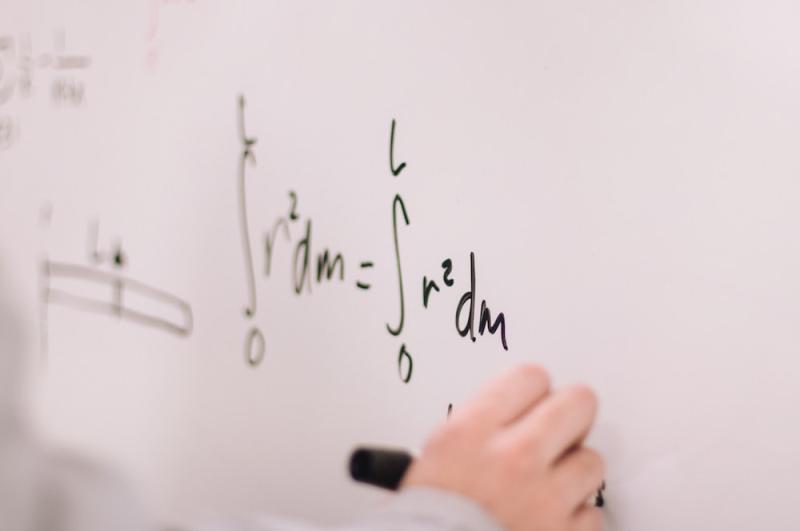Algebra and Calculus are both parts of mathematics but have different focus areas. Algebra is the study of how to use mathematical symbols to solve equations and show relationships. It mostly has to do with things like variables, constants, and operations like adding, subtracting, multiplying, and dividing. Conversely, calculus uses limits, derivatives, and integrals to study how things change and move. It lets you figure out areas, volumes, and other measurements and analyse functions and their rates of change. Even though both subjects are about solving problems, their uses and scopes are very different.
What is Algebra?
Algebra is a branch of maths that uses symbols, rules, and structures to show relationships between quantities and figure out how they work. It gives a methodical way to solve equations and describe relationships, making it possible to develop generalisations and abstractions. Algebraic ideas are the basis for many other areas of mathematics, such as number theory, geometry, and analysis.
Algebra is based on using symbols, which are usually letters, to represent unknown values or variables. These symbols can be combined with known constants and mathematical operations like adding, subtracting, multiplying, and dividing. Using these symbols and operations, equations are made, and algebraic methods are used to find the unknown variable(s) and their values.
Algebra is often divided into elementary algebra, which teaches basic ideas and techniques, and abstract algebra, which goes into more advanced topics like groups, rings, and fields. Algebra is essential in many areas, such as science, engineering, economics, and computer science, because it can be used to model, analyse, and understand complex systems and relationships.
What is Calculus?
Calculus is a branch of mathematics that looks at change, motion, and the way functions work. Differential calculus and integral calculus are the two main parts of this field. Differential calculus is all about the idea of the derivative, which is the rate of change of a function. Integral calculus, on the other hand, is all about the concept of the integral, which is how much a quantity or area under a curve has grown over time.
Calculus is based on the idea of limits, making it possible to define derivatives and integrals precisely. By using these ideas, calculus gives us a way to look at and understand things in fields like physics, engineering, economics, and biology.
Among other things, calculus can be used to study instantaneous rates of change, solve optimisation problems, and figure out areas and volumes. It is an integral part of modern maths and science because it can be used to model real-world situations and solve complex problems.
Difference Between Algebra and Calculus
Algebra and Calculus are essential parts of mathematics, although they are distinct in many ways. Both are crucial in developing one’s mathematical and problem-solving abilities, but they differ fundamentally in the kinds of issues they tackle and their methods.
Many branches of mathematics, such as algebra, geometry, and analysis, are founded on the generalisations and abstractions formulated using algebraic methods. Algebra is the branch of mathematics concerned with representing and analysing relationships between quantities through symbols, rules, and structures. Mathematical operations (including addition, subtraction, multiplication, and division) and the manipulation of variables are central to the discipline, as are the solution of equations and the expression of relationships.
Analysis of rates of change and accumulation of quantities are the primary applications of its central ideas, limits, derivatives, and integrals. On the other hand, calculus is focused on the dynamics of change and motion as well as the characteristics of functions. The foundation provided by calculus is useful in a wide range of disciplines, from physics and engineering to economics and biology. Among its many uses, it involves calculating instantaneous rates of change, optimisation issues, and measuring areas and volumes.
In conclusion, the main dissimilarity between Algebra and Calculus rests in their respective aims and approaches. Differences between Algebra and Calculus include the former’s emphasis on using symbols to solve equations and the latter’s use of limits, derivatives, and integrals to analyse change and motion. In mathematics and its practical applications, each subfield is essential.






